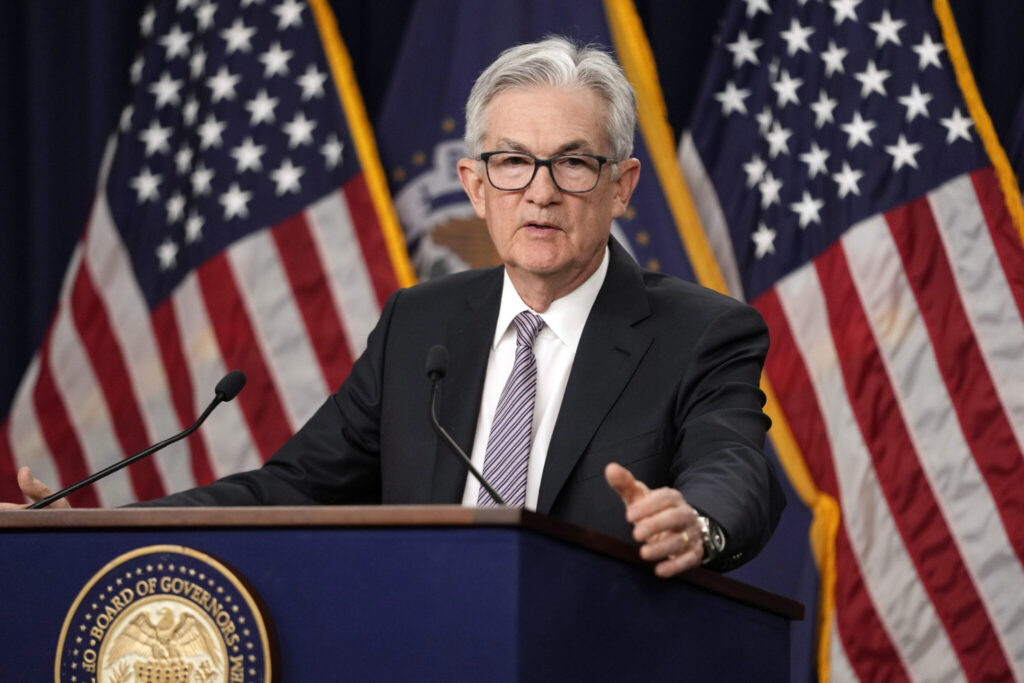The U.S. Federal Reserve may need to raise interest rates further to ensure inflation is contained Fed Chair Jerome Powell said on Friday in remarks that balanced declines in the pace of price increases over the past year with the surprising overperformance of the U.S. economy. Powell said Fed policymakers would “proceed carefully as we decide whether to tighten further,” but also made clear that the central bank has not yet concluded that its benchmark interest rate is high enough to be sure that inflation returns to the 2% target. The Associated Press has the story:
Powell: Econ. growth may need more hikes to fight inflation
Newslooks- JACKSON HOLE, Wyoming (AP)
The continued strength of the U.S. economy could require further interest rate increases, Federal Reserve Chair Jerome Powell said Friday in a closely watched speech that also highlighted the uncertain nature of the economic outlook.
Powell noted that the economy has been growing faster than expected and that consumers have kept spending briskly — trends that could keep inflation pressures high. He also reiterated the Fed’s determination to keep its key rate elevated until price increases are reduced to the central bank’s 2% target.
“We are attentive to signs that the economy may not be cooling as expected,” the Fed chair said. “We are prepared to raise rates further if appropriate and intend to hold policy at a restrictive level until we are confident that inflation is moving sustainably down toward our objective.”
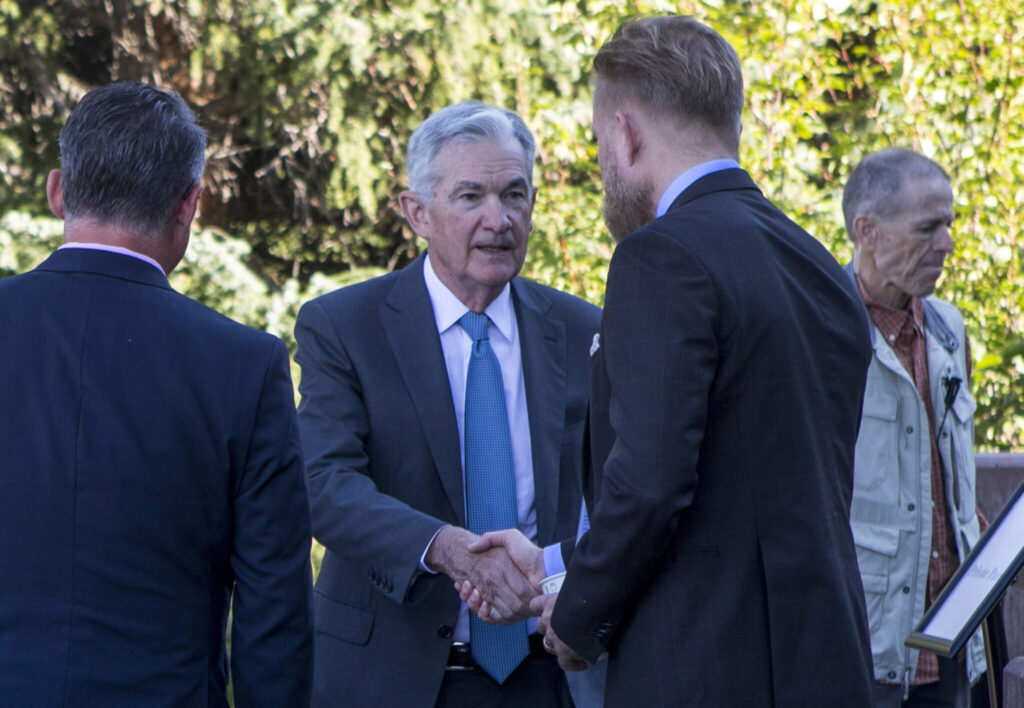
His speech — at an annual conference of central bankers — highlighted the uncertainties surrounding the economy and the complexity of the Fed’s response to it. That marked a sharp contrast to his remarks from Jackson Hole a year ago, when he bluntly warned Wall Street that the central bank was going to continue its campaign of sharp rate hikes to rein in spiking prices.
Powell also said the Fed believes its key rate is high enough to restrain the economy and cool growth, hiring and inflation. But he said it is hard to know how high borrowing costs have to be to restrain the economy, “and thus there is always uncertainty” about how effectively the Fed’s policies are in reducing inflation.
As a result, the Fed “will proceed carefully as we decide whether to tighten further or, instead, to hold the policy rate constant and await further data,” Powell said.
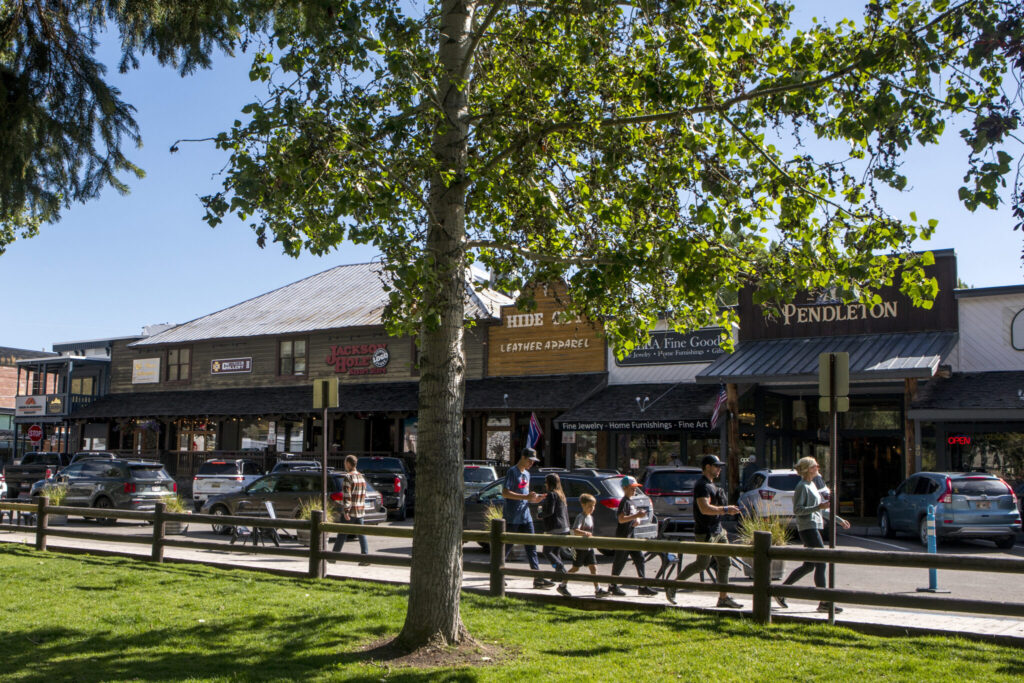
Since Powell spoke at last summer’s Jackson Hole conference, the Fed has raised its benchmark rate to a 22-year high of 5.4%. From a peak of 9.1% in June 2022, inflation has slowed to 3.2%, though still above the Fed’s 2% target.
Powell acknowledged the decline in inflation from its peak, which he called “very good news.” And consumer prices, excluding the volatile food and energy categories, have also begun to ease.
“But two months of good data,” he added, “are only the beginning of what it will take to build confidence that inflation is moving down sustainably toward our goal. Although inflation has moved down from its peak — a welcome development — it remains too high.”
Substantially higher loan rates, a direct result of the Fed’s rate hikes, have made it harder for Americans to afford a home or a car or for businesses to finance expansions. At the same time, items like rent, restaurant meals and other services are still getting costlier. “Core” inflation, which excludes volatile food and energy prices, has remained elevated despite the Fed’s streak of 11 rate hikes beginning in March 2022.
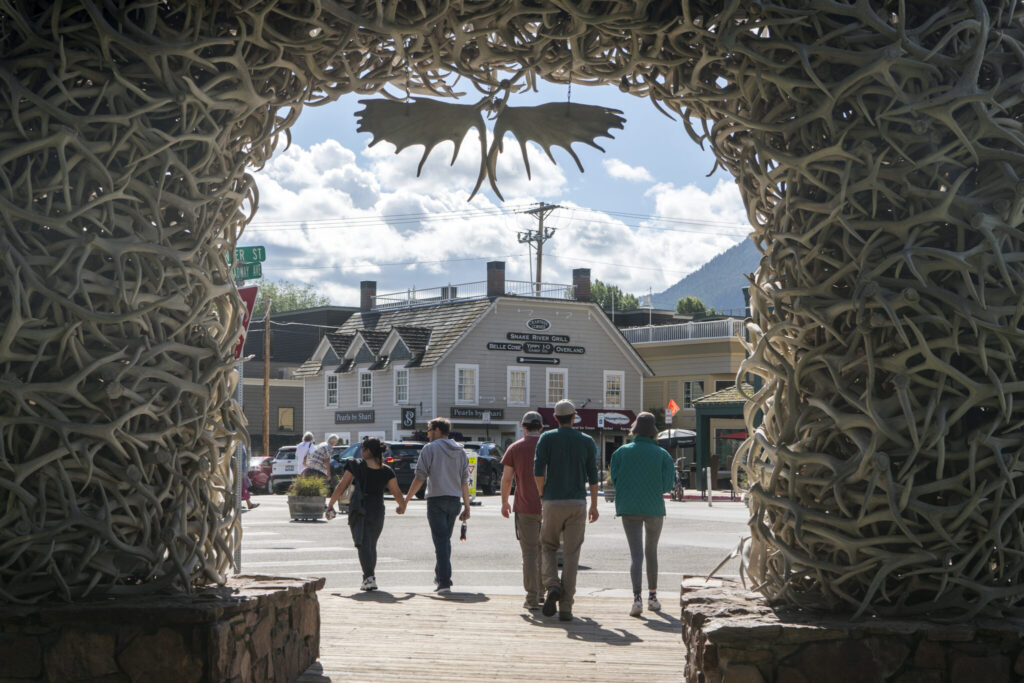
The overall economy has nevertheless powered ahead. Hiring has remained healthy, confounding economists who had forecast that the spike in rates would cause widespread layoffs and a recession. Consumer spending keeps growing at a healthy rate. And the U.S. unemployment rate stands exactly where it did when Powell spoke last year: 3.5%, barely above a half-century low.
In June, when the Fed’s 18 policymakers last issued their quarterly projections, they predicted that they would raise rates once more this year. That expectation might have changed, though, in light of milder inflation readings the government has issued in recent weeks. The officials will update their interest rate projections when they next meet Sept. 19-20.
Many economists have postponed or reversed their earlier forecasts for a U.S. recession. Optimism that the Fed will pull off a difficult “soft landing” — in which it would manage to reduce inflation to its target level without causing a steep recession — has risen.
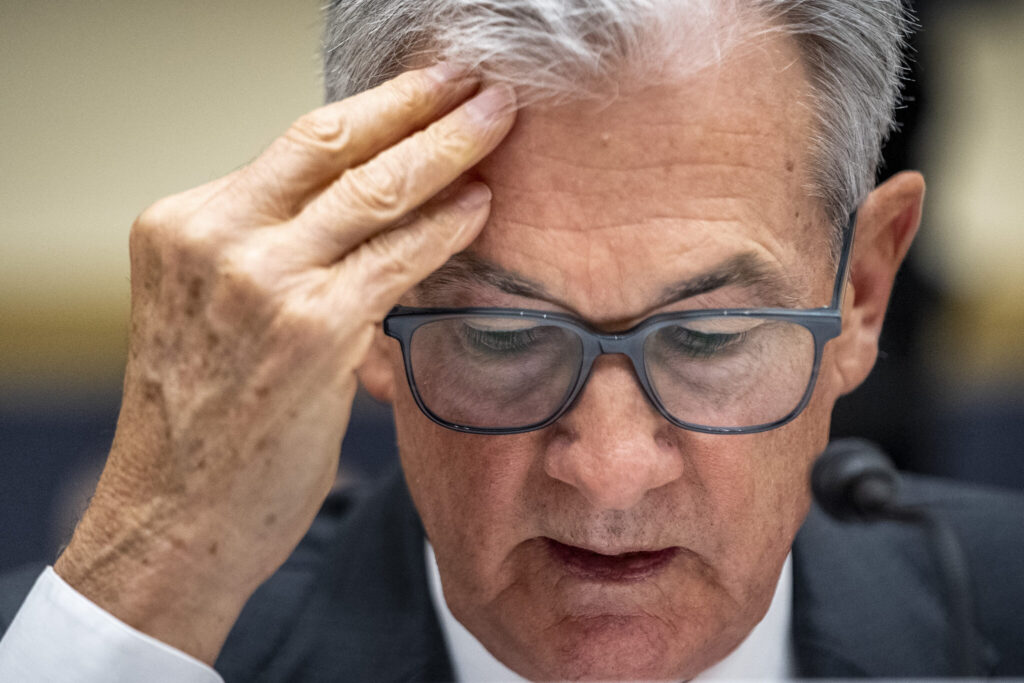
Many traders in the financial markets envision not only a soft landing but an acceleration of growth. Those expectations have helped fuel a surge in bond yields, notably for the 10-year Treasury note, which heavily influences long-term mortgage rates. Accordingly, the average fixed rate on a 30-year mortgage has reached 7.23%, the highest level in 22 years. Auto loans and credit card rates have also shot higher and could weaken borrowing and consumer spending, the lifeblood of the economy.
Some economists say those higher long-term rates might lessen the need for further Fed hikes because by slowing growth, they should help cool inflation pressures. Indeed, many economists say they think the Fed’s July rate increase will prove to be its last.
Even if the Fed imposes no further hikes, it may feel compelled to keep its benchmark rate elevated well into future to try to contain inflation. This would introduce a new threat: Keeping interest rates at high levels indefinitely would risk weakening the economy so much as to trigger a downturn. It could also endanger many banks by reducing the value of bonds they own, a dynamic that helped cause the collapse of Silicon Valley Bank and two other large lenders last spring.
Still, the longer the economy chugs ahead, the more it suggests that growth is sustainable. It also raises the tantalizing possibility that the post-pandemic economy has shifted to a higher gear and can expand even with elevated borrowing costs.

